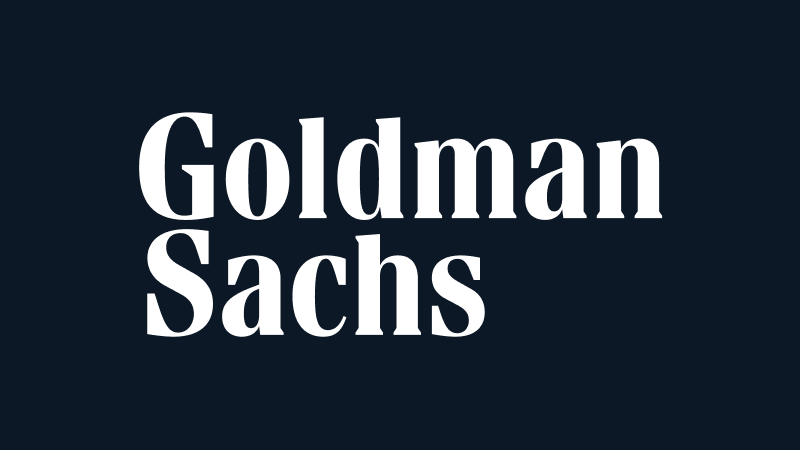Reinsurance rates may rise faster than primary for two years: Goldman

Reinsurance rates and pricing may rise faster than primary insurance through 2022 and 2023, according to a bullish forecast from analysts at investment bank Goldman Sachs.
In initiating analyst coverage of the big four European reinsurance firms, analysts from Goldman Sachs imply that the reinsurance market has room to catch-up further towards the stage of the cycle primary lines of business have attained.
Which means the reinsurance sector is expected to see tailwinds, rather than headwinds, both from the pricing cycle and also from an expectation that demand will increase as well.
On the demand side, the analysts expect that climate change will be a significant factor in increasing reinsurance market demand.
While on the pricing side, inflation, social inflation, loss trends and near-term weather risks are all expected to keep upwards pressure on reinsurance rates.
Chief among industry concerns that should drive more prolonged price improvements in reinsurance, are recent catastrophe and weather loss trends, which many believe represent a new-normal.
This fear of a new-normal in loss activity has driven a level of risk aversion not seen for well over a decade and as a result reinsurance rates have been rising more consistently than seen for a similar length of time.
“The reinsurance cycle has lagged the primary insurance cycle, but is starting to catch up, and in our view the combination of higher underlying general inflation and the impact of climate change will drive a further hardening of the market through 2022 to 2024,” Goldman Sachs analyst team wrote.
Right now, the analysts believe “we are in the hardest part of the cycle” as the market looks to recover its recent losses and so much improved returns are expected.
We’ve said repeatedly that the industry needs to reset the baseline in terms of pricing, so raise the floor to a new level that supports sustainable profits.
That price floor in reinsurance also needs assessing constantly, to ensure it is adequate and supportive of the tiered market dynamic, between primary, reinsurance and retrocession.
As primary pricing has outpaced reinsurance, the analysts believe that now is the time for rates to catch-up.
Goldman’s analyst team explained, “We believe the reinsurance cycle could catch up with the primary cycle through 2022 and 2023 given the concern and expectation that the experience of the past five years could be the new normal of higher weather losses due to climate change.”
It’s this risk aversion issue again, rather than capital, which does provide more confidence that a new floor is being installed, in terms of rate adequacy.
At the same time, retrocession remains capital strained and this is also supportive of ongoing reinsurance price increases, the analysts believe.
There are plenty of unknowns at play right now as well, with inflation seen by the analysts as a dynamic that could extend the current hard market and raise reinsurance pricing even more.
“The combination of inflation and climate change will be front of mind for insurers going into 2022 renewals,” Goldman Sachs’ analysts forecast.
The outlook is particularly bullish from Goldman Sachs, which bodes well for insurance-linked securities (ILS) strategies, particularly those focused on provision of collateralised reinsurance, or investing in instruments like catastrophe bonds.






